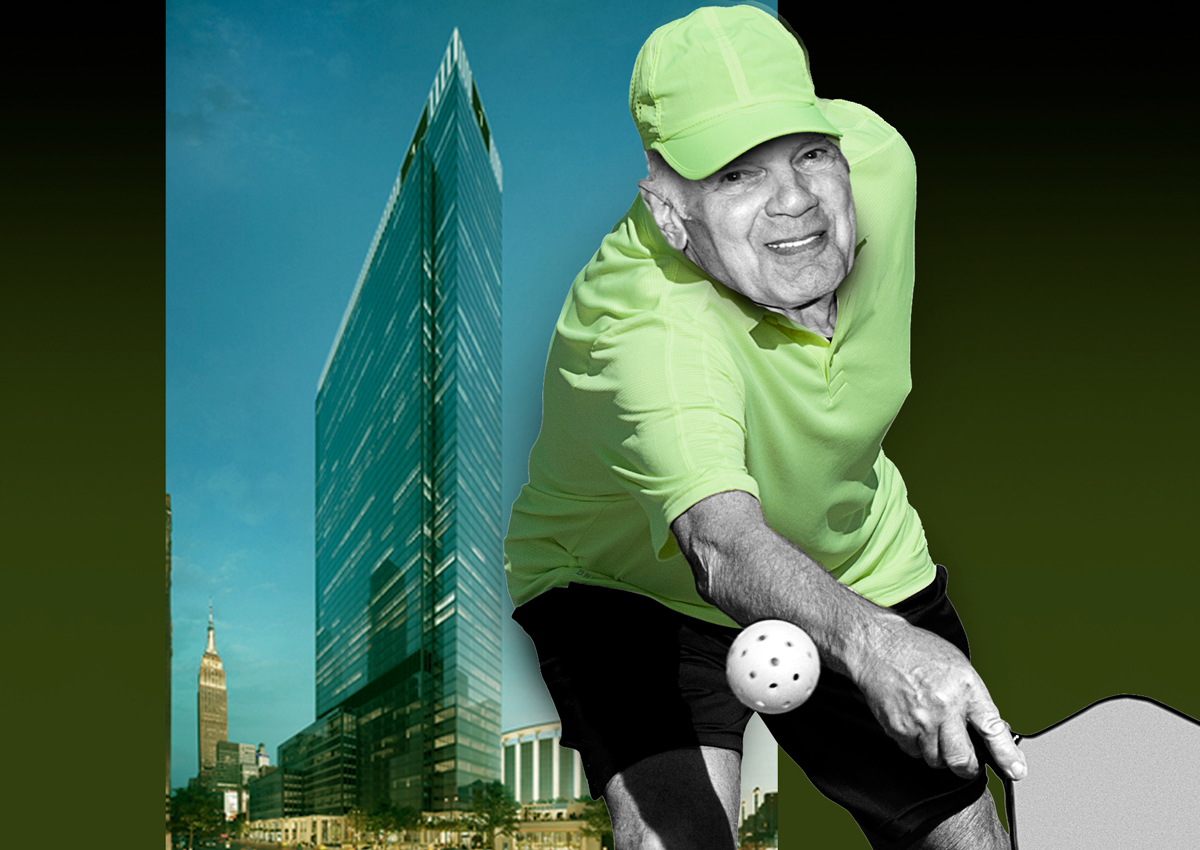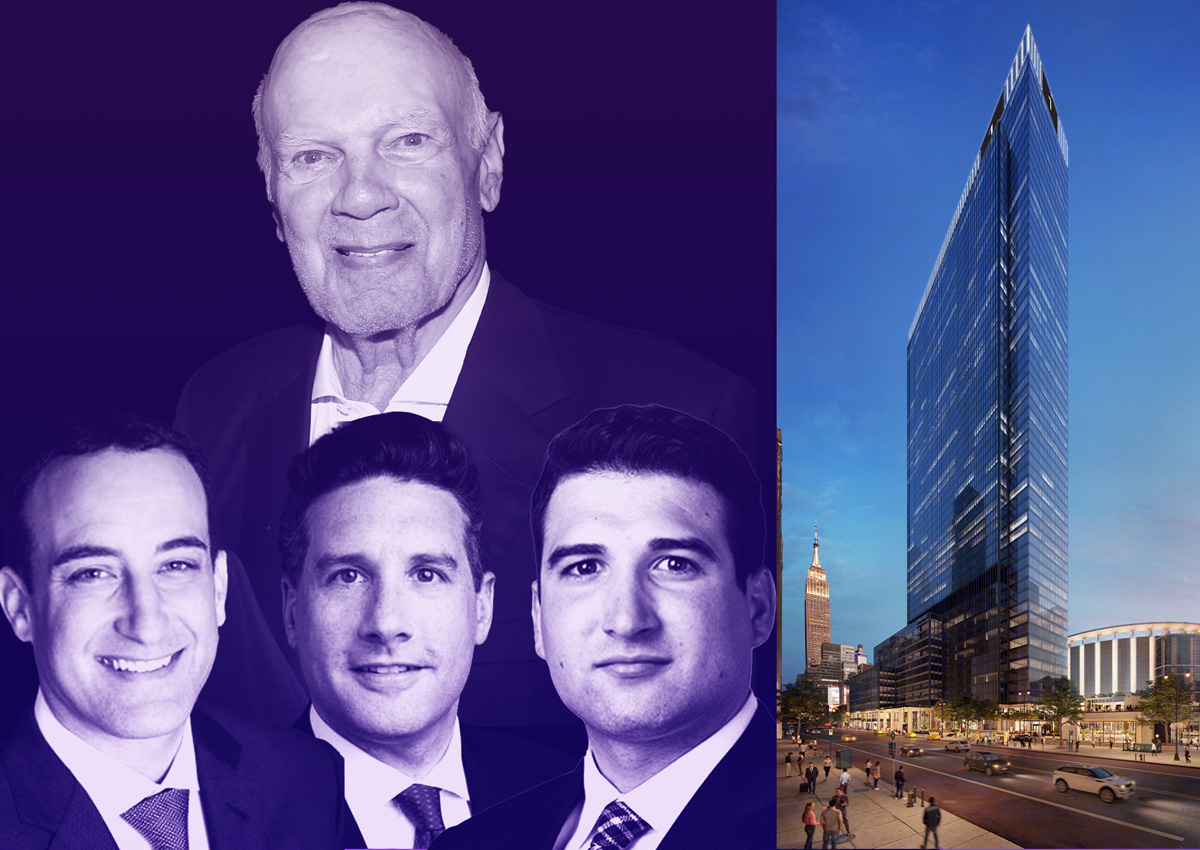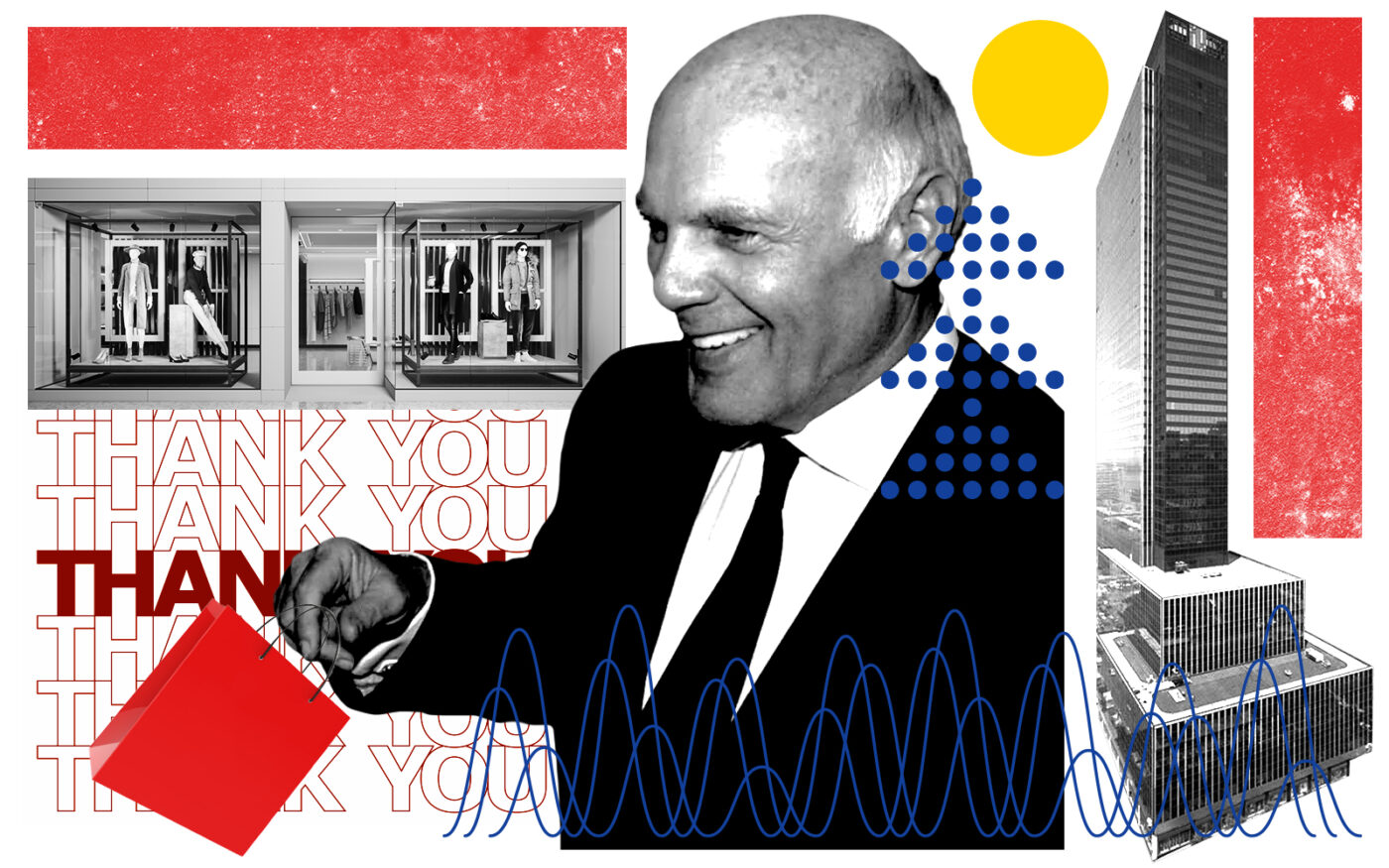First the naysayers came for shopping malls. Then they turned to office buildings.
“Five years or so ago there was universal certainty that malls and brick-and-mortar retail was dead forever, the victim of ubiquitous and explosively growing e-commerce,” Vornado Realty Trust CEO Steve Roth said during an earnings call Tuesday. “But behold, five years later, malls are booming. Sound familiar?”
The comparison, at first glance, may not inspire the level of confidence that Roth intended.
While malls have seen post-pandemic gains in foot traffic and revenue, “booming” is probably a stretch. Modern, high-end malls have seen business pick up, but older ones have struggled. In fact, the value of these older properties has dropped at least 50 percent since 2006, the Wall Street Journal reported.
Even some new malls are struggling. At the behemoth American Dream in New Jersey, revenue has reportedly failed to keep up with debt service. Related Companies plans to lease the former Neiman Marcus space at its Hudson Yards mall to office tenants.
Roth’s comparison does ring true in terms of the old-versus-new dichotomy: Older office stock is not keeping pace with newer, high-end properties. Investment bank Piper Sandler has made similar mall-related observations, though with an emphasis on the cream of the office market rising to the top.
“We believe office’s transformation is akin to what happened with the malls, whereby the dominant ones thrive while the lesser ones fade away,” the company stated in an analyst brief in June. “For office, the winners will be those buildings well amenitized and commuter-friendly.”
Michael Franco, Vornado’s president, noted during Tuesday’s call that the “delta between class A and class B properties continues to grow.” He also acknowledged that not all markets are equal, noting the lack of tenant demand in Chicago and San Francisco.
During the second quarter, Vornado inked deals for 279,000 square feet of office at an initial average rent of $91.57 per square foot. Much of that came from new leases at Penn 1, where Vornado is undertaking a $450 million revamp. The REIT recently signed financial services firm Canaccord Genuity Group for 75,000 square feet marketed at $103 per square foot.
The company reported $46.4 million in net income and $472 million in revenue in the second quarter.
Funds from operations were $140.7 million, or 72 cents per share on an as-adjusted basis. That was down from 83 cents for the same period last year but up from last quarter’s 60 cents per share.
Vornado has been shedding assets and working with lenders to refinance and extend loans. It recently secured a five-year extension on a loan tied to 697-703 Fifth Avenue and completed a $130 million refinancing of an office building at 512 West 22nd Street.
“We have found the banks to be cooperative thus far,” Franco said. “Servicers, TBD.”
When asked if Vornado would consider selling its stake in the Farley Building, across from Penn Station, Roth would only say that Vornado likes the asset. In response to a follow-up question about whether Vornado would consider mortgaging the building to see how lenders would treat a successful office property, Roth agreed that it “could be an important source of liquidity.”
Read more



Roth has kicked off at least the last three Vornado earnings calls by talking up in-office work. In addition to his mall comments, Roth made another, arguably more questionable, comparison.
“Work-from-home is to office what the internet was to retail,” he continued. “We believe in-office work is the better bet. A little time, frozen capital markets, and no new supply will restore value and glory to office.”
